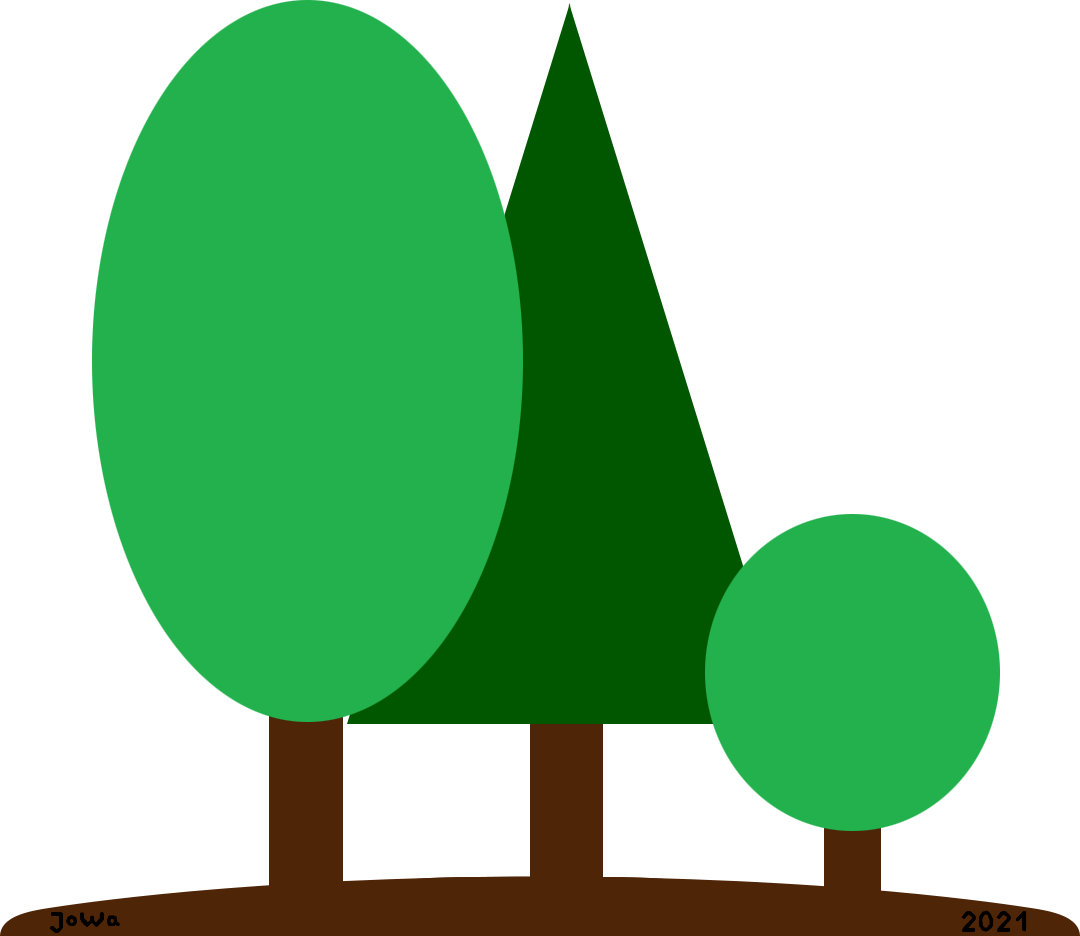History
For many centuries, our region has been known for its continuous timber production.
Even in Roman times, country houses existed here, providing accommodation for travelers and contributing to the cultivation of the surrounding area. Whether and what products were delivered to Trier at that time is unknown.
Around 900 AD, the Hochwald forest passed into the possession of the region's monasteries, in our case, the St. Matthias Monastery in Trier. These monasteries not only initiated the first clearings, but also forced local "wagon owners" (wealthy farmers) to perform corvée labor. In return, they received the right to use the fields and forests.
In addition to the energetic use of wood, the forests served numerous other purposes:
-
Extraction of building materials
Grazing and feeding of animals
-
Extraktion von Tannin (Gerbstoff)
-
Manufacture of baskets, brooms and other tools
-
Production of charcoal
-
Collecting healing herbs and healthy foods
The emergence of so-called "Gehöferschaften" (farmsteads) can be traced back to the 16th century – agricultural cooperatives based on traditional law for the communal management of larger areas. Since then, certain areas have been regularly divided among the sharers for timber harvesting. Strict attention is paid to ensuring that both set rhythms and area sizes are adhered to. For example, the same area is not cleared again for at least 50 years. This way, the forests always have the opportunity to naturally adapt to changing environmental conditions.
It is thanks to this long-term planning that our region, despite adverse conditions, still has both sustainable forests and fertile fields.
